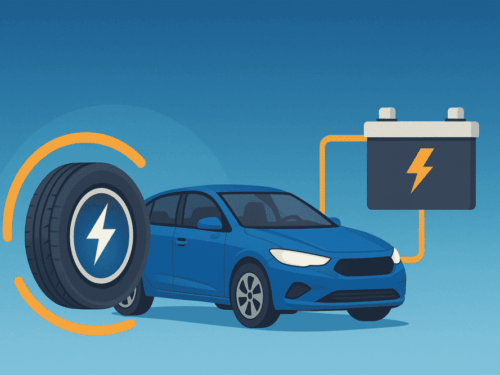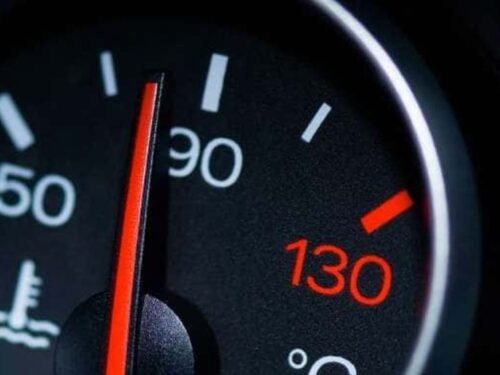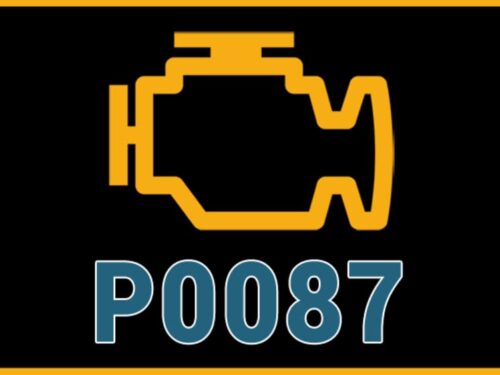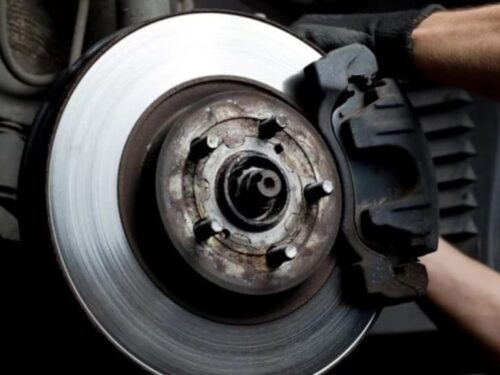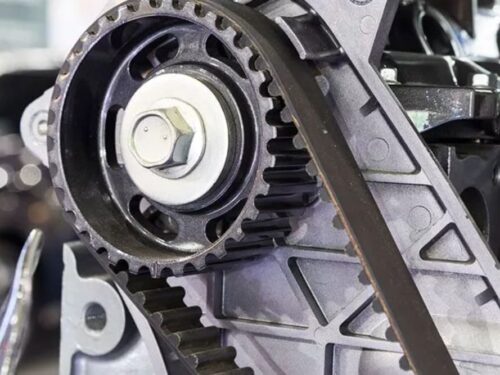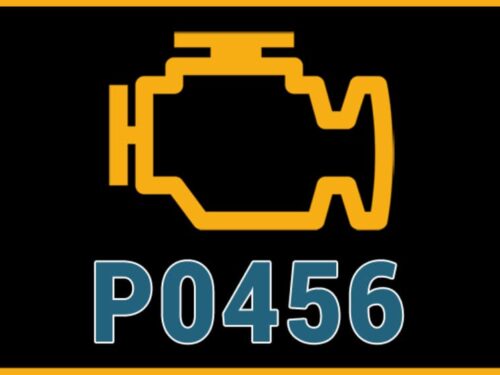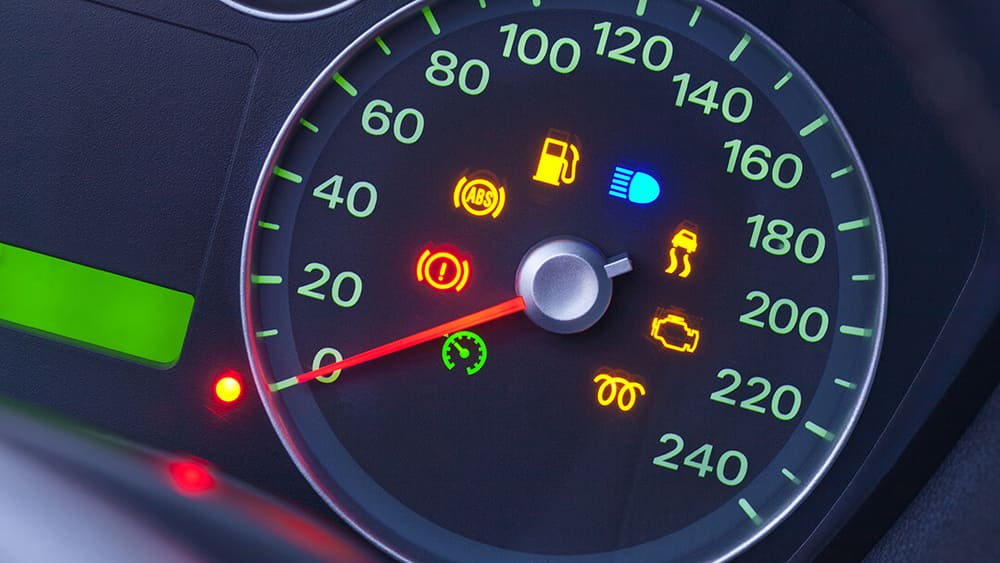
Whenever a dashboard warning sign comes on, drivers usually do one of two things:
- They go into complete panic mode and find no peace until they can get every inch of their car examined.
- They ignore the warning signs, thinking that, since the car is working just fine, for now, these blinking and flashing lights are nothing more than a distraction.
Both those approaches are undesirable, and, to understand what you should do, you need to understand what your dashboard warning signs indicate in the first place – precisely what this article is going to help you with.
Dashboard Warning Signs
1. Engine oil level
Usually represented by an oil drop dripping out from an engine, this is one of the warning signs that are ignored for far too long. The sign means that either your car oil is leaking or that you need an oil change. Once you notice this sign, be sure to check the oil yourself or take your vehicle to a mechanic.
2. The battery light
This is indicated by a battery with positive and negative nodes and shows that your car battery’s voltage is too low. What this means is that, for some reason, the vehicle’s charging system is not working optimally. Ignoring this sign means that you might end up with a car is refusing to start, which is why it is essential to identify and resolve the reason behind the battery light as soon as possible.
3. Tire Pressure Sensor (TPS) warning light
For most vehicles, this will be an exclamation mark, indicating that at least one tire of your vehicle is operating at below-normal pressure and that filling it should be your topmost priority. Why? If you keep driving with an underinflated tire, sooner or later, it will lead to a blowout, causing an ‘at-fault’ accident. Remember that air does not cost much, but a new tire can be mighty expensive – not to mention the deductibles and increased future premiums that will come with an accident.
4. Hot warning light
The red mercury thermometer shows that the engine has overheated, which means that you need to immediately pull over to a secure spot and open the car hood. Next, contact a tow truck and describe your location to them. Do NOT continue to drive with an overheated engine, as it might lead to the cylinder head warping or complete destruction of the engine.
5. Windshield washer fluid
As soon as the windshield water fluid light comes on, you need to purchase a bit of fluid and get the windshield refilled. You would want perfect visibility while driving – especially during these colder months – so make sure that you do not run short on windshield washer fluid.
6. Brake fluid/brake system warning light:
The braking system plays a key role in your car’s functioning, so you need to be particularly attentive for this light. This light normally shows up when your handbrake is on, but if it shows up at some other time, something is possibly wrong with your braking system.
Before you take your car out, make sure that the brake fluid is up to MAX. If the brake fluid light pops up even when the fluid level is fine, you should get your car checked out.
7. Anti-lock brake system
The ABS light on your dashboard is certainly not one you want to overlook, as it indicates a problem with the braking system. Do not delay in taking your vehicle to a professional, as poorly-functioning brakes can lead to a significant accident.
8. Check engine light
This light shows that the system has identified a major misfire that can impair the catalytic converter. You need to either drive to the nearest exit or pull over to a safe place and instantly summon a tow truck. It is vital to get the underlying issue fixed, as a new catalytic converter can cost you somewhere close to $2,000.
9. Traction control
This light will pop up when there are issues with the anti-lock braking system and/or when the car is being driven in dangerous conditions and the traction control is activated.
10. Battery charge warning light:
If the battery charge light pops up while you are driving, or is not showing up at all, it might mean:
- A faulty starter terminal or battery.
- An alternator malfunction or failure.
- A loose or broken alternator drive belt.
A damaged alternator drive belt is a particularly grave problem, so make sure that you park your car in a safe spot, turn off your engine, and call a professional as soon as you can.
11. Glow plug light
The ‘glowing wires’ indicate that the plugs are currently warming up. Wait for this sign to disappear before you start the car.
12. EPAS/power steering warning light:
This warning is pretty common in modern cars, since most of them are equipped with power steering. This warning light will show up if there is a problem with your steering system.
13. Front airbag light
This shows that there is a fault with the airbags and, until the fault is fixed, the airbags will not work. You can either contact a mechanic to diagnose the problem or use an OBS scanning tool.
14. Overdrive indicator
An ‘O/D Off’ shows that the overdrive is switched off and hence, the automatic transmission will prefer performance rather than fuel efficiency.
15. High beam lights
This light pops up when you have turned on the floodlights or a front beam. Make sure to turn off the high beam if you spot any oncoming traffic.
16. Low fuel
Shows that the fuel will soon run out and needs to be refilled. Although your car might be able to run another 20-40 km after this light manifest, it is better to not leave things to chance – not to mention that, if you keep running your car until it goes dry, you might end up damaging the fuel pump.
17. Diesel particulate filter warning:
The diesel particulate filter (DPF) removes soot from exhaust gases, thereby reducing emissions. If it detects a problem – such as a release of too much fumes – a warning light will pop up on your dashboard.
18. Open door
Shows that the door is ajar. Check if all your doors are properly closed.
In conclusion, it is important to remember that the warning lights may differ slightly from vehicle to vehicle. For this reason, it is best to go through your car’s owner manual for greater clarification. Furthermore, routine checks and maintenance can reduce the occurrence of vehicle warning lights and help you maintain your peace of mind.

